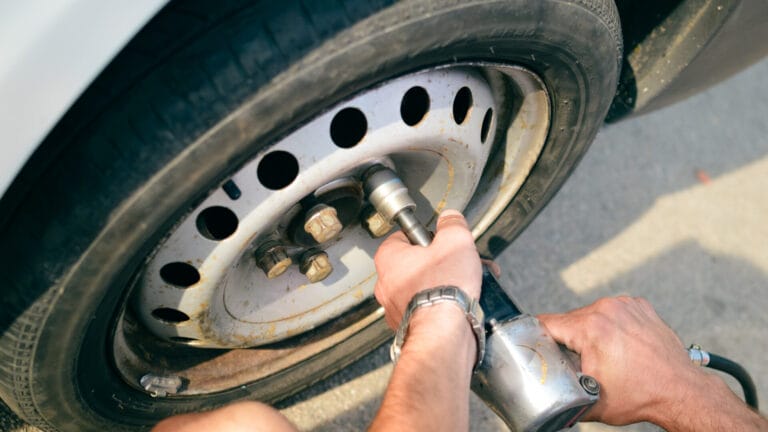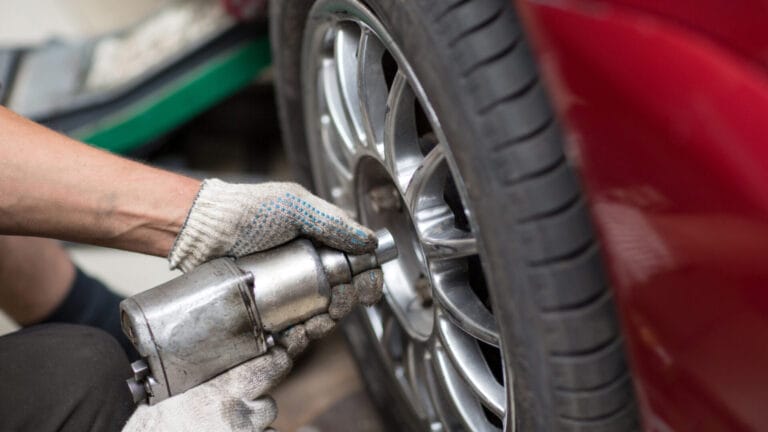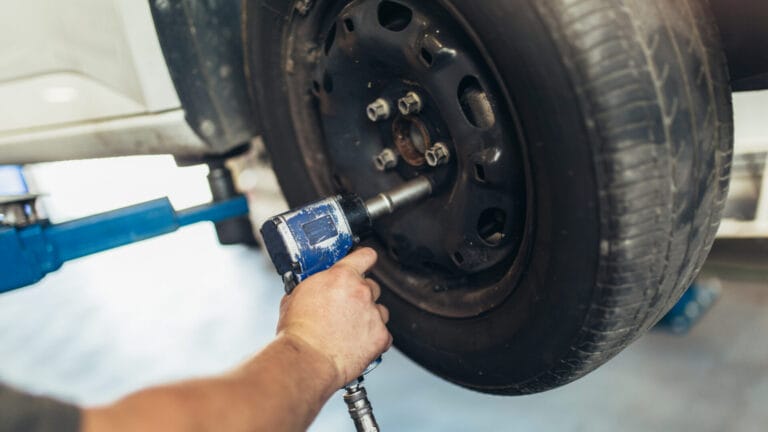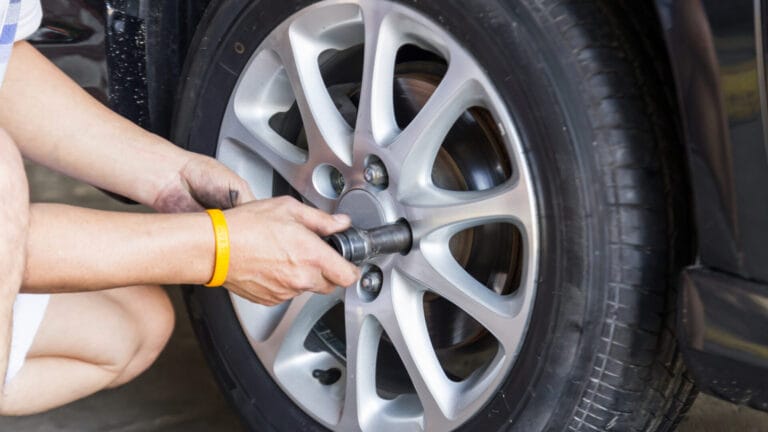What Causes CV Axle To Break? Let’s Find Out!
Constant velocity axles experience different types of stress, such as bending stress, shear stress, and bearing stress. As a result, they can often sustain irreparable damage.
So, you might wonder, what causes CV axle to break? You can blame the following 4 reasons for this.
1. Your car’s CV axle experienced intense torsional stress.
2. The CV joints in your vehicle are not lubricated.
3. The rubber boots on your car’s CV axle have developed cracks.
4. Your car has old and worn motor mounts.
In this article, we will explain the common reasons why the CV axle in your car might malfunction. So, let’s get started!
CV Axles In Vehicles: A Detailed Overview
In your car, the power produced by the engine is delivered to your car’s wheels using a constant velocity axle. This axle is connected to the wheel hub in your vehicle.
In some cases, the CV axles are attached to the wheel surroundings. As a result, it causes the wheels to rotate around the shaft. The CV axle transfers the driving force to your car’s wheel. Plus, it maintains the position of the wheels with each other and the vehicle body.
Look at the picture we have given below. It shows what a CV axle looks like.
What Causes CV Axle To Break? Common Causes And Solutions
Below, we have listed some reasons why the CV axle in your car might break down.

- The CV Axle In Your Car Experienced Extreme Torsional Stress
In a recent study, some researchers recovered a damaged CV axle from a car. They found a significant amount of grease and dirt particles on it during inspection.
Additionally, the CV axle appeared slightly bent. The researchers concluded that this deformation could have happened because the CV axle experienced large amounts of torsional stress over its period of use.
When the researchers inspected the opposite side of the spline, they noticed shiny and rough patches. It indicates that the fracture was both tensile and brittle in nature.
How to Avoid Putting Excess Stress on the CV Axle
Below, we have listed some important points that you should remember to prevent a similar situation in the future.
- You should avoid taking sharp turns, accelerating suddenly, and avoid driving on bad roads or potholes.
- Install high-quality CV axles that can withstand high amounts of stress.
- Lubricate your CV axle frequently to reduce friction and minimize wear and tear.
2. The CV Joints In Your Vehicle Is Not Properly Lubricated
A car owner mentioned that he heard a humming noise coming out of his car while he tried to accelerate from a stop. If you have faced a similar issue, it could mean that the two joints in both ends of your CV axle lack proper lubrication.
Improper lubrication can increase the stress in the CV axle, and over time, it can lead to cracking CV axles.
Take a look at the picture below. It will help you identify the CV joints attached to the CV axle in your car.
How to Lubricate CV-Joints
So, you must ensure that the inner and outer joints of the CV axle are properly lubricated. According to a study, keeping the inner and outer joints of a CV axle lubricated helps reduce friction and wear in its moving parts.
It also protects the axle from rust and spreads out the generated heat when power is sent through it.
Here’s how you can lubricate your CV-joints.
- Step 1: Take two jacks to lift your car. This will allow you to get underneath your vehicle and find the CV axle.
- Step 2: Use a torque wrench to loosen and remove your car’s tire.
- Step 3: Find the CV joints connected to each side of the CV axle.
- Step 4: Get a grease gun with a thin grease needle.
- Step 5: Pierce the rubber boot on the CV joint with the grease gun and insert grease into it.
- Step 6: Keep adding grease until you notice fresh grease squeezing out of the joint.
- Step 7: Use super glue to seal any holes in the joints.
- Step 8: Reconnect the tires and lower your car to the ground.
For a visual representation of this process, you can watch this YouTube video.
3. The Rubber Boots Attached To Your Car’s CV Axle Developed Cracks
There are two CV joints at both ends of the CV axle in your car. These joints are covered by black rubber boots. As per researchers, these rubber boots perform the following functions:
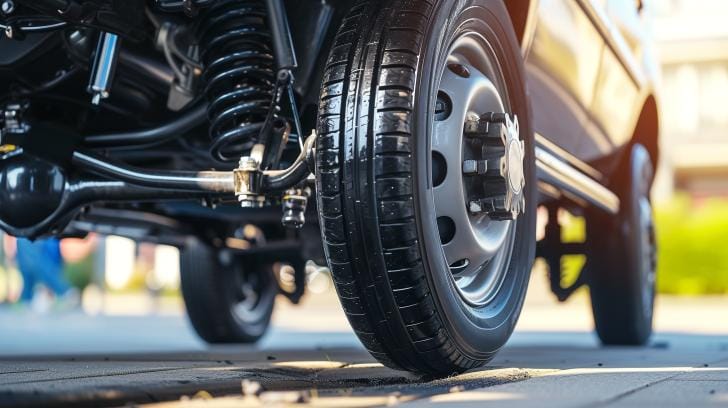
- They can handle a wide range of temperatures, even the heat caused by friction in the joints.
- They keep the CV joints sealed.
- They stop sand, water, and other dirt from getting into the CV joints.
- They protect the CV joints and axle from additional stress caused by overload, rotation speed, and centrifugal forces.
If these rubber boots develop cracks, the grease inside the CV joints can leak out. This causes the joints to experience extreme heat and friction. Additionally, dirt, old oil, and water might get into the outer CV joints.
As time goes on, the build-up of dirt, loss of lubricant, and increased heat will wear out the CV joints. If the CV joints malfunction, the CV axle won’t function properly. Thus, you might hear a loud clicking noise from the wheel area of your vehicle.
How to Solve the CV Boot Issue
According to experts, you should regularly check the conditions of the boots. If you see any signs of wear, splitting, or tearing, you must replace the old boots promptly.
For a visual representation of this process, you can watch this YouTube video.
4. You Have Old And Worn Motor Mounts In Your Car
Motor mounts protect you from the unpleasant vibrations and harmonics produced by your car’s engine. They are basically rubber isolators placed between the engine and the vehicle frame. Motor mounts keep your car’s engine in place and absorb the vibrations it produces.
A broken mount in your front-wheel drive vehicle can make the axle fail or pop out of the transmission. As a result, your car will stop moving in the middle of the road.
You should look out for these signs to identify if you have damaged motor mounts in your car.
- You might hear a heavy clunking sound while driving at higher speeds.
- The vibrations produced by your car’s engine will increase as the motor mounts get damaged.
Solution
Take your car to an experienced mechanic. The mechanic will help you remove the old, worn-out motor mounts and install new mounts. Additionally, the mechanic will fix the broken CV axle and make sure it is aligned correctly.
What If the CV Axle Is Broken?
If you think that the CV axle in your car is damaged, you need to stop driving your car immediately. Then, check if your car shows the following signs:
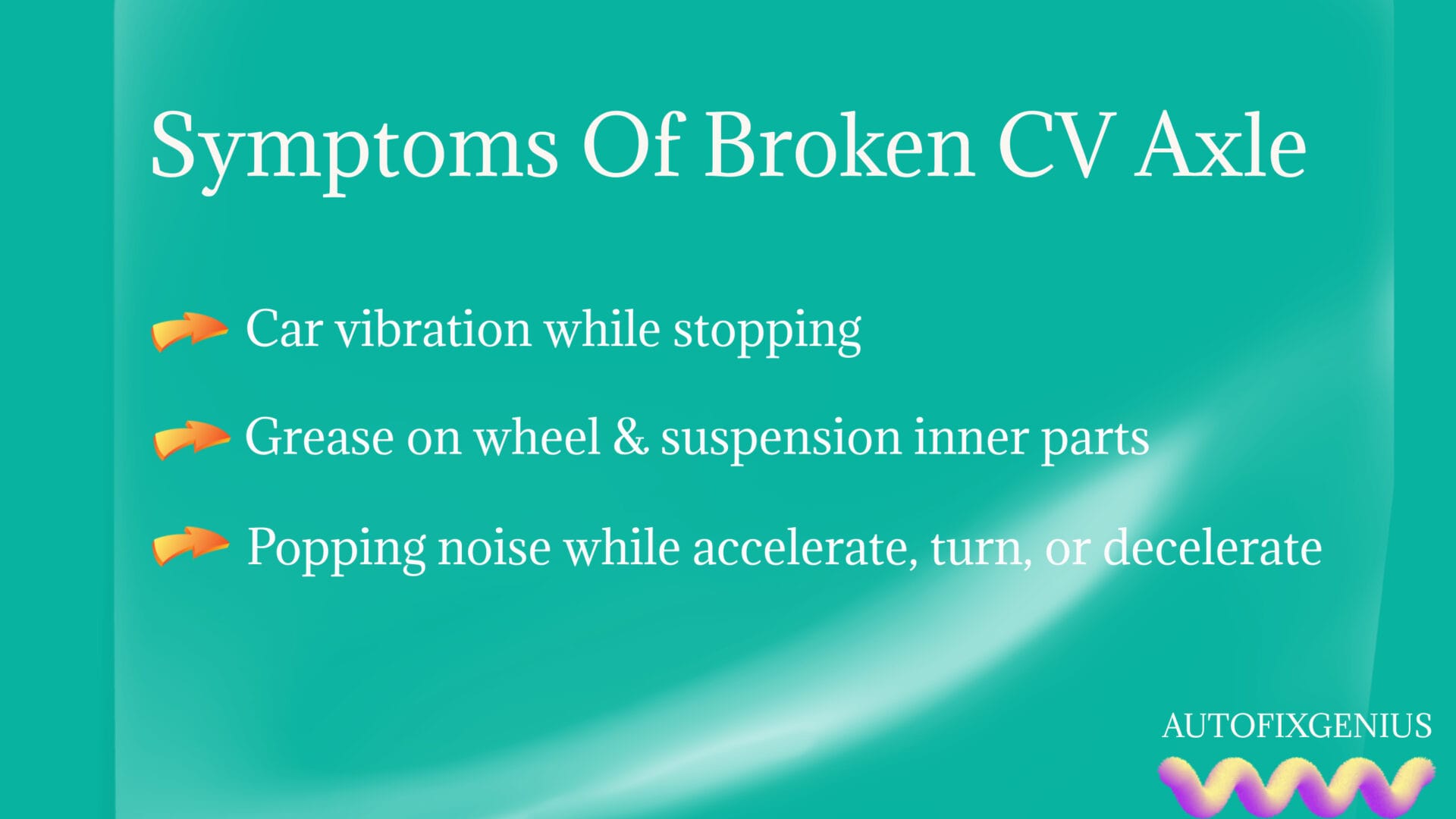
- Your car vibrates while coming to a stop.
- Accumulation of grease on the inner part of your car’s wheels and suspension.
- Your car makes a popping noise while you accelerate, turn, or decelerate.
If you see these signs in your car, you need to take it to a mechanic and get the CV axle replaced right away.
FAQs
You can read the FAQs we have added below to learn more about what can cause a CV axle to fail.
How much will you need to spend to repair a broken CV axle?
You will have to pay around $300 to $1500 to fix a broken CV axle in your car. The exact amount will depend on the severity of the damage, the model of your car, and your mechanic’s expertise.
What signs indicate that the CV axle in your car is in bad condition?
If you have a damaged CV axle, you will hear a loud popping sound while turning right or left. Additionally, you may experience excessive vibrations, and there might be grease buildup on the inside of your car’s wheels.
Final Words
Overall, the CV axle in your car mainly transfers power from the transmission to the wheels. During this process, the axle and its internal components experience high levels of heat, pressure, and friction.
According to experts, the CV axle can break down due to a lack of lubrication, manufacturing defects, worn-out motor mounts, and defects in the CV joints.
To prevent this, you should take your car to a mechanic for monthly maintenance. Plus, you should install a high-quality CV axle instead of aftermarket products.


